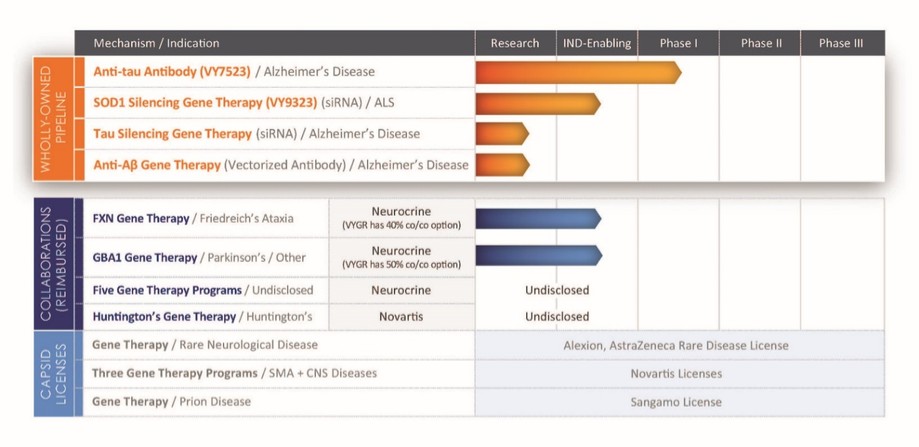We also have non-cancelable operating lease commitments arising from our leases of office and laboratory space at our facilities in Cambridge and Lexington, Massachusetts. For more information, refer to Note 6 to our unaudited condensed consolidated financial statements included elsewhere in this Quarterly Report on Form 10-Q.
Off-Balance Sheet Arrangements
We did not have, during the periods presented, and we do not currently have, any off-balance sheet arrangements, as defined under applicable SEC rules.
ITEM 3. QUANTITATIVE AND QUALITATIVE DISCLOSURES ABOUT MARKET RISK
We are exposed to market risk related to changes in interest rates. We have policies requiring us to invest in high-quality issuers, limit our exposure to any individual issuer, and ensure adequate liquidity. Our primary exposure to market risk is interest rate sensitivity, which is affected by changes in the general level of U.S. interest rates, particularly because our investments, including cash equivalents, are in the form of money market funds and marketable securities and are invested in U.S. Treasury notes. Due to the short-term duration of our investment portfolio and the low risk profile of our investments, we believe an immediate 100 basis point change in interest rates would not have a material effect on the fair market value of our portfolio.
We are not currently exposed to market risk related to changes in foreign currency exchange rates; however, we may contract with vendors that are located in Asia and Europe in the future and may be subject to fluctuations in foreign currency rates at that time.
Inflation generally affects us by increasing our costs of labor, goods, and services. We do not believe that inflation had a material effect on our business, financial condition, or results of operations during the six months ended June 30, 2024.
ITEM 4. CONTROLS AND PROCEDURES
Management’s Evaluation of Disclosure Controls and Procedures
We maintain “disclosure controls and procedures,” as defined in Rules 13a-15(e) or 15d-15(e) under the Exchange Act of 1934, or Exchange Act, to mean controls and other procedures of a company that are designed to ensure that information required to be disclosed by a company in the reports that it files or submits under the Exchange Act is recorded, processed, summarized, and reported within the time periods specified in the Securities and Exchange Commission’s rules and forms. Our disclosure controls and procedures include, without limitation, controls and other procedures designed to ensure that information required to be disclosed by us in the reports we file or submit under the Exchange Act is accumulated and communicated to our management, including our principal executive officer and principal financial officer, as appropriate, to allow timely decisions regarding required disclosure.
Our management, with the participation of our principal executive officer and principal financial officer, evaluated the effectiveness of our disclosure controls and procedures as of June 30, 2024. Our management recognizes that any controls and procedures, no matter how well designed and operated, can provide only reasonable assurance of achieving their objectives, and management necessarily applies its judgment in evaluating the cost-benefit relationship of possible controls and procedures. Our principal executive officer and principal financial officer have concluded based upon the evaluation described above that, as of June 30, 2024, our disclosure controls and procedures were effective at the reasonable assurance level.
We continue to review and document our disclosure controls and procedures and may from time to time make changes aimed at enhancing their effectiveness and to ensure that our systems evolve with our business.
Changes in Internal Control over Financial Reporting
During the three months ended June 30, 2024, there have been no changes in our internal control over financial reporting, as such term is defined in Rules 13a-15(f) and 15d-15(f) under the Exchange Act, that have materially affected, or are reasonably likely to materially affect, our internal control over financial reporting.
